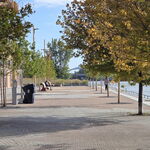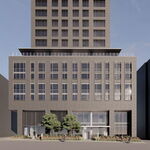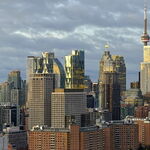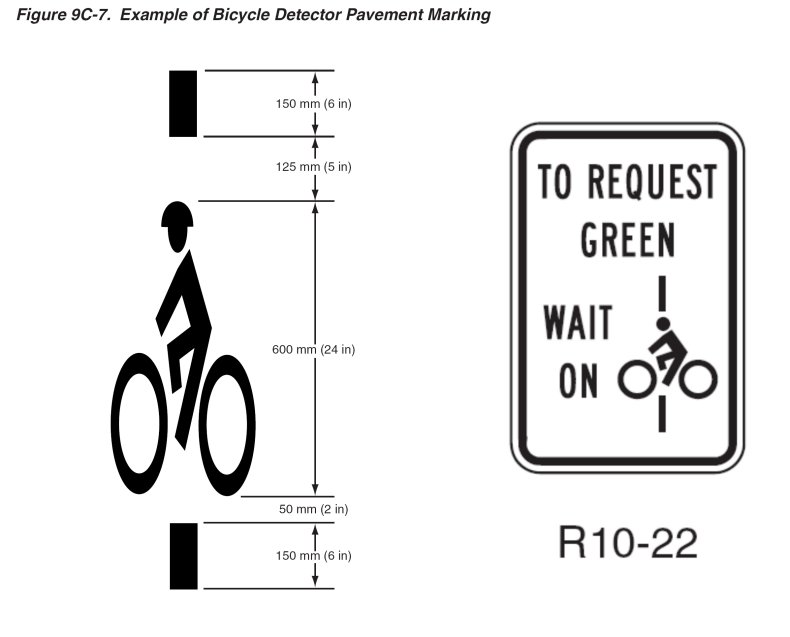CDL.TO
Moderator
Some sad stories in that article. There's far too much aggression these days... an unfortunate off-shoot of trying to get around in a congested city.
The whole concept of "mixed use paths" needs to get thrown out the window and eliminated from the field of recreation planning. There are too many conflicting movements when you mix adult cyclists, child cyclists, pedestrians, joggers, rollerbladers, skateboarders, and others all moving at differing speeds and all moving in both directions on a 2 or 3-metre wide pathway. I have heard of far too many collisions and accidents on these pathways.
On the eastern and western beaches where uses are separated and cyclists tend to stick to the asphalt path while casual strollers stick to the boardwalk, things work far better.
The whole concept of "mixed use paths" needs to get thrown out the window and eliminated from the field of recreation planning. There are too many conflicting movements when you mix adult cyclists, child cyclists, pedestrians, joggers, rollerbladers, skateboarders, and others all moving at differing speeds and all moving in both directions on a 2 or 3-metre wide pathway. I have heard of far too many collisions and accidents on these pathways.
On the eastern and western beaches where uses are separated and cyclists tend to stick to the asphalt path while casual strollers stick to the boardwalk, things work far better.





